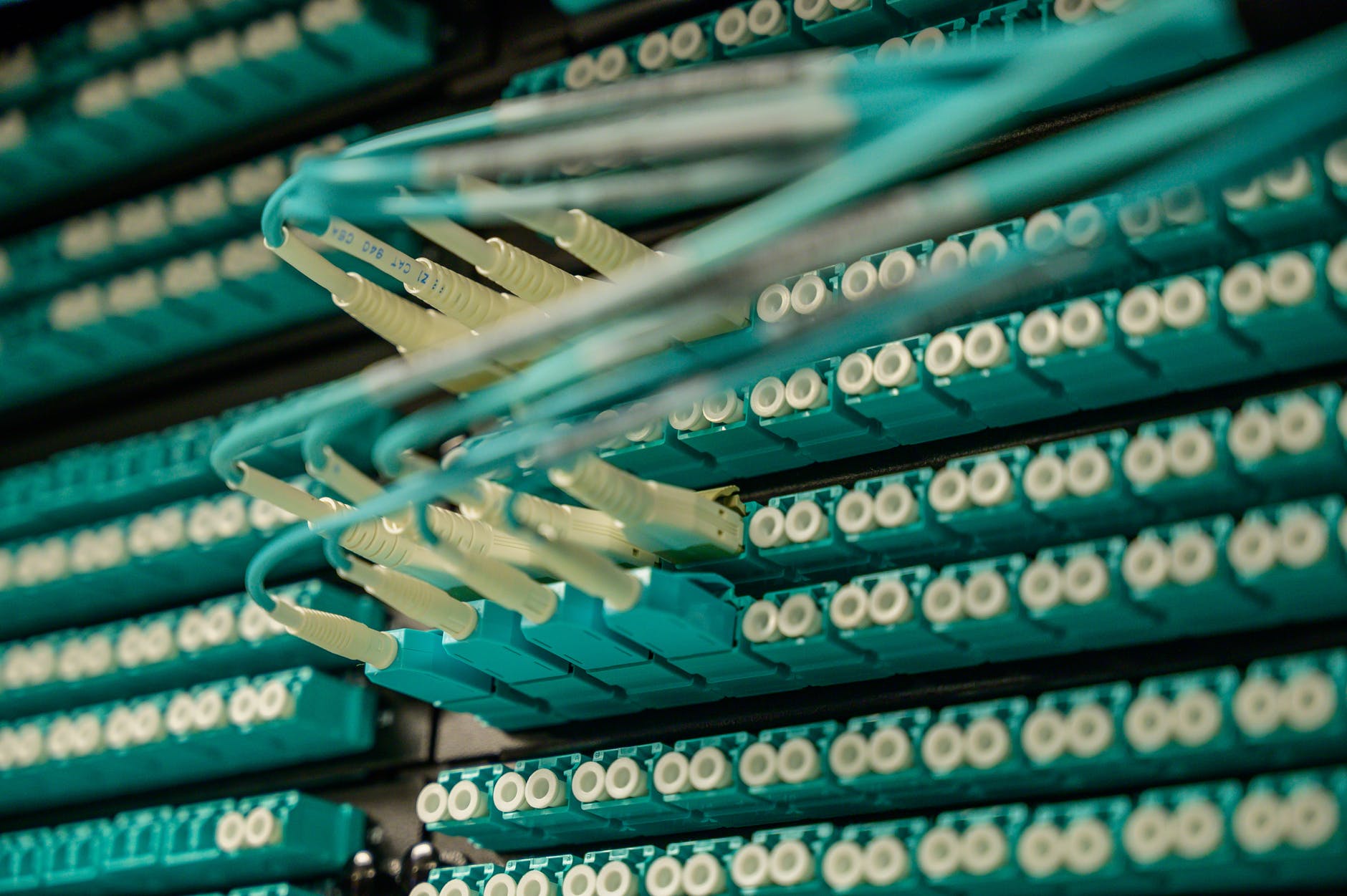
Cord – Photo by Brett Sayles on Pexels.com
Are you thinking to cut the cord?
Stop! Put down the scissors!
Did you do your research? Have you considered watching TV without cable? Let us clear this up first, shall we?
It is no secret that cord-cutting is becoming increasingly popular. It can save you some cash and make your life easier. Discover the benefits and drawbacks of each option here if you are still on the fence. Moreover, you will learn how to cut the cord easily if you decide it is right for you.
Are You Ready to Cut the Cord?
After a long day at work, you come home exhausted, turn on the TV just to relax, and then settle down for some TV news. Ten dead, ten injured, some random politician going berserk than The Hatter, global warming is accelerating… oh look, what a pretty guide puppy, sports news, traffic jam – and your favorite team has won again. The same thing happens every day.
The old movie that is on TV is not interesting to you because you have seen it a thousand times already. You eat dinner in front of the TV. You suddenly hear the volume increase tenfold because it is commercial time, you daze to the ceiling and fumble for the remote, and fortunately, you find it and put it on mute. Then eons later, the commercials are over. Where were you? What were you watching? It slipped your mind.
You try different channels to see if there is anything you might like to watch or be remotely interested in, but you cannot.
If this is what is happening to you and you want to get rid of it once and for all, then cord-cutting would be the perfect option for you.
Here are some pros and cons of cutting cable TV:
1. Pricing
For people who tend to pay more than $60 per month for TV services, streaming services could be a good option. You can find most for $50 or less a month, depending on what device you plan to watch.
You can save money if you select an inexpensive service like Netflix, which is a great benefit. The downside is that if you do not want to give up anything, you will have to subscribe to several streaming services, and the costs will undoubtedly add up.
All you need to enjoy seamless entertainment via streaming services is a good internet connection. While some may think that a consistent internet service might cost hefty, you can look into Ziply Fiber Internet which offers symmetric fiber speeds at rates as low as $20 a month and that too, without any data limitations.
2. Content
Having control over what you watch is a pro. The ads will not appear, or at least you can choose not to see them. You will not have to pay to watch anything interesting.
There is a con to watching a lot of content on different streaming platforms. It is more expensive to obtain the same content across multiple platforms. There may also be a lack of local channels.
3. Access to the Internet
It makes sense to take advantage of your good internet deal if you have one already!
You will get a video of varying quality according to your bandwidth. You will need a good internet package in order to watch in FullHD (or HDR, if your internet service provider offers HDR). You should determine whether it is worth only paying for internet if you already have a plan or deal with internet and cable.
Here is how it works:
You should consider your viewing habits before making a decision. Are you a regular TV viewer? How many hours do you spend on TV daily? Do you follow sports? Do you watch reality TV? On which channels? What is your favorite way to watch TV? Do you like to channel surf or just watch one show at a time?
Consider what matters most to you. Thus, you will have an easier time deciding what service(s) to get.
4. Time
Rather than conforming to a TV schedule, you can watch everything you want when you want. You can stop, pause, and continue the program whenever you want. The whole season is often uploaded in one day by streaming services like Netflix, so you can binge-watch to your heart’s content.
Sometimes, there is a long wait for some content to become available on your streaming platform, which is the only drawback.
5. Location
When something is not available in your country, you can simply use a VPN to trick the system, and voila – you are able to watch more shows and movies. Occasionally, VPNs can slow things down, which can be inconvenient. It does not always happen that way.
Benefits of cord-cutting
- If your household is small or if you only watch a few TV shows, you might save money
- You can watch whatever you want, whenever you want
- The content can be viewed on a variety of devices, including TV, laptops, tablets, and phones
- Accessing content that isn’t available in your region is possible
Drawbacks of cord-cutting
- Depending on how many shows you watch (from different providers), this can increase your bill
- You may be missing some channels
- Accessing some content may take longer
- Accessing more content may require a VPN
- Depending on your internet plan, video quality may vary
Steps to Cord-Cutting
You can cut cable TV stress-free by following these five steps:
1. Decide on a provider
Cable companies are usually responsible for this. You will need a better speed if you plan to stream on multiple devices simultaneously. It is a good idea to have at least 15Mbps of the internet for each device at home.
2. Choose the device through which you will stream
You can choose from Roku, Amazon Fire TV Stick, Chromecast, and Apple TV, which cost around $50 each.
3. Decide on a live streaming service
The antenna cannot provide you with everything. Streaming subscriptions range from up to $15-$45 per month for Hulu Live, Sling, DirecTV Now, and YouTube TV. If you want more options, you can try these video streaming options. Sling definitely has the largest selection.
4. Choose your apps
Several options offer original content, such as Netflix, Showtime, HBO, Starz, Sundance Now, Amazon, and AMC. These services are also available on Disney+ and Apple TV+.
Conclusion
So, what have you decided? Are you going to get rid of your cable?
Do not be overdramatic! Every choice has pros and cons, but ultimately it is up to you to decide what suits you and whether you should cut your cable cord.
If you want to try streaming TV and/or an antenna, you can. If it is not for you, you may go back to cable, but if it turns out to be the best decision you have ever made, you may wonder why you did not do it sooner. Regardless of what happens, you will not be left wondering, “What if?”
That is all for this post.
This is how you cut the cord now. Saving money is not the only benefit. What is important is having control – watching when you want, what you want, on a device of your choice.
If you have questions and concerns, leave a comment in the comments section below.






